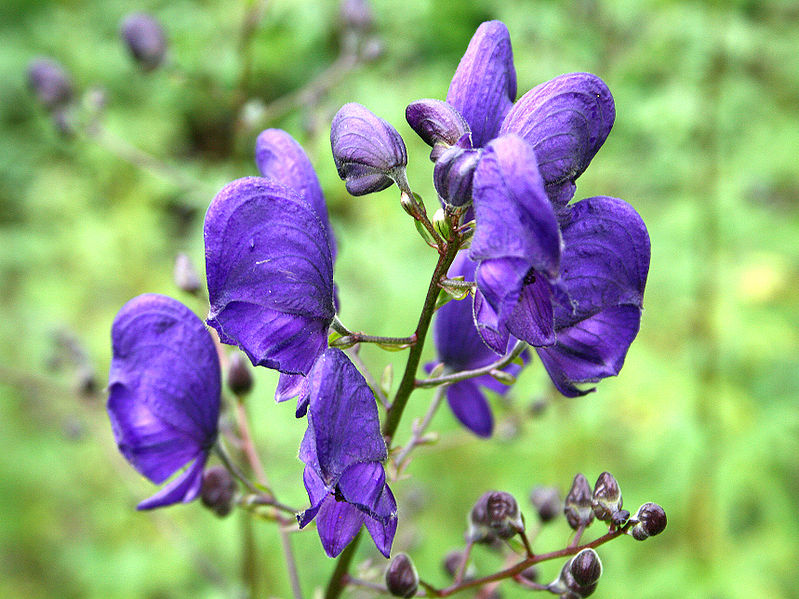

Luckily cases of fatal monkshood poisoning are rare as it tastes foul and bitter and would quickly be spat out.Īs well as the already mentioned toxins aconitine, mesaconitine and hypaconitine, poisonous monkshood also contains at least a dozen other poisonous compounds, diterpenoid alkaloids, jesaconitine, lycoctonine, neopelline, neoline, benzoylaconines, and aconins. A 2mg dose of aconitine can cause death within 4 hours. The estimated lethal dose is 2 mg of aconitine, 5 ml of aconite tincture and 1 g of the raw aconite plant (Chan, 2012 Qin et al., 2012). The attached charts show the distribution of alkaloids in the organs at autopsy. In autopsies, Aconitum alkaloid levels are found to be highest in the liver and kidneys, and lower in the heart and cerebrum, the latter having lower levels than the blood (Niitsu et al, 2012). Patients with internal Aconitum poisoning will have cardiovascular (slows and stops the heart), neurological (pain, convulsions, paralysis), gastrointestinal symptoms (nausea and vomiting) and there are often other signs (for example, confusion and mania can occur if the alkaloids reach the brain).
#DOES WOLFSBANE CAUSE HEART ATTACK SKIN#
So do not pick or handle this plant without gloves, especially by the root.Ĭommon signs of monkshood poisoning include tingling, tongue and mouth go numb, nausea with vomiting, breathing becomes harder and laboured, pulse and heartbeat become weak and irregular, skin is cold and clammy. The neurotoxins, aconitine and mesaconitine can be absorbed through the skin and cause severe respiratory and cardiac problems.

It was used as a poison for arrow heads when hunting wolves (hence wolfsbane) and, as it is so fast acting, probably had then falling in the dust without a struggle The Latin name Aconite comes from the Greek ἀκόνιτον which means “without dust” and “without struggle”.

Aconitine, mesaconitine, hypaconitine and other alkaloids have potent cardiotoxins and neurotoxins found in all parts of the Aconitum species, especially in the tubers and roots. Monkshood ( Aconitum napellus) also called Wolfsbane, is pictured here growing in a hawthorn bush.


 0 kommentar(er)
0 kommentar(er)
